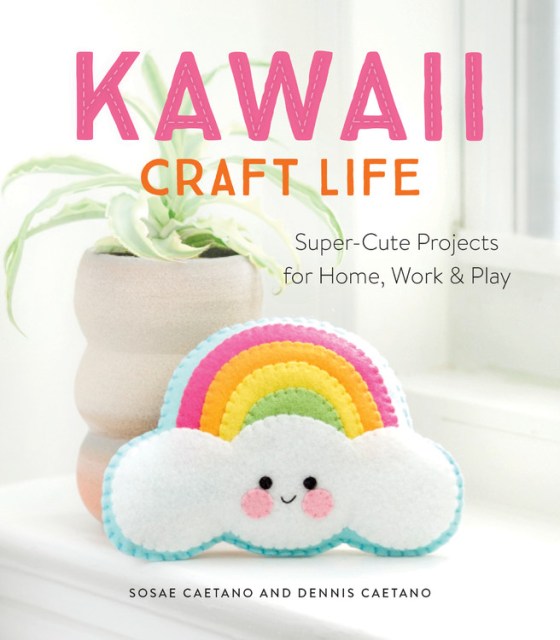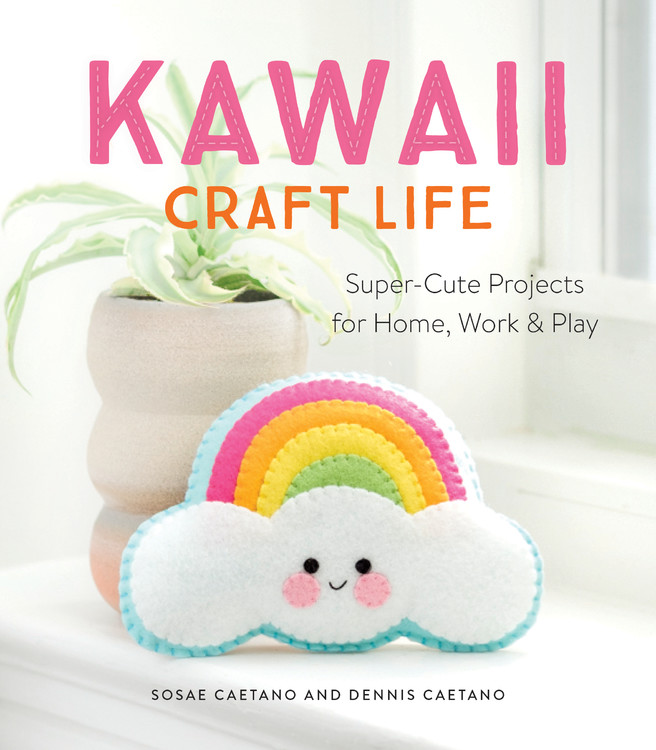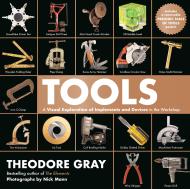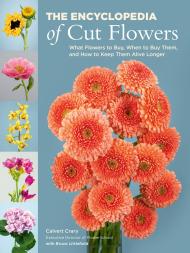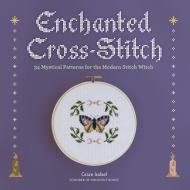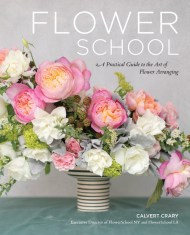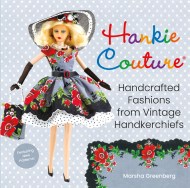Promotion
Use code MOM24 for 20% off site wide + free shipping over $45
Kawaii Craft Life
Super-Cute Projects for Home, Work, and Play
Contributors
By Dennis Caetano
Formats and Prices
Price
$19.99Price
$24.99 CADFormat
Format:
- Trade Paperback $19.99 $24.99 CAD
- ebook $12.99 $15.99 CAD
- Trade Paperback $9.95 $12.50 CAD
This item is a preorder. Your payment method will be charged immediately, and the product is expected to ship on or around May 14, 2019. This date is subject to change due to shipping delays beyond our control.
Also available from:
Kawaii Craft Life is a first-of-its-kind needlecraft book featuring 35 super-cute projects to decorate the home or give as gifts.
Few can resist the charm of kawaii — the Japanese word for “cute” or “lovable” — which has grown from a national trend to a worldwide phenomenon. Now you can add an adorable kawaii touch to your home, dorm room, or office with this charming collection of feltcraft, cross-stitch, and embroidery projects.
This complete introduction includes materials lists and hand-stitching basics, step-by-step instructions and illustrations, printable templates, and beautiful photography. A celebration of all things kawaii style and suitable for both beginners and seasoned crafters alike, you can create dozens of cute and cuddly crafts.
Projects include:
Feltcraft…
Rainbow Cloud Plushie
Woodland Critters Garland
Sweet Sloth Pencil Topper
Cross-Stich…
Super Sushi Magnets
Cactus Garden Smartphone Case
Happy Avocado Gift Tag
Embroidery…
Sweet Dreams Slumber Mask
Coffee Shop Cup Cozy
And more!
Few can resist the charm of kawaii — the Japanese word for “cute” or “lovable” — which has grown from a national trend to a worldwide phenomenon. Now you can add an adorable kawaii touch to your home, dorm room, or office with this charming collection of feltcraft, cross-stitch, and embroidery projects.
This complete introduction includes materials lists and hand-stitching basics, step-by-step instructions and illustrations, printable templates, and beautiful photography. A celebration of all things kawaii style and suitable for both beginners and seasoned crafters alike, you can create dozens of cute and cuddly crafts.
Projects include:
Feltcraft…
Rainbow Cloud Plushie
Woodland Critters Garland
Sweet Sloth Pencil Topper
Cross-Stich…
Super Sushi Magnets
Cactus Garden Smartphone Case
Happy Avocado Gift Tag
Embroidery…
Sweet Dreams Slumber Mask
Coffee Shop Cup Cozy
And more!
Genre:
-
"This book is nonstop cuteness. Sosae and Dennis Caetano have dreamed up adorable crafts that I can't wait to make myself. These projects are the perfect way to add a homemade kawaii charm to everything in your life!"Rachel Fong, creator of Kawaii Sweet World
-
"Kawaii Craft Life is full of so much fun! The projects will make perfect, sweet little gifts. They are super cute, colorful, and sure to bring a smile to makers' and receivers' faces alike. And who doesn't need more smiles in their life?"Aimee Ray, author of the Doodle Stitching book series
-
"Chock-full of coo-worthy creations that are as delightful to make as the finished products are to behold, Kawaii Craft Life is a salute to cute!"Jessie Oleson Moore, author of Stuff Unicorns Love
- On Sale
- May 14, 2019
- Page Count
- 192 pages
- Publisher
- Running Press
- ISBN-13
- 9780762493814
Newsletter Signup
By clicking ‘Sign Up,’ I acknowledge that I have read and agree to Hachette Book Group’s Privacy Policy and Terms of Use
